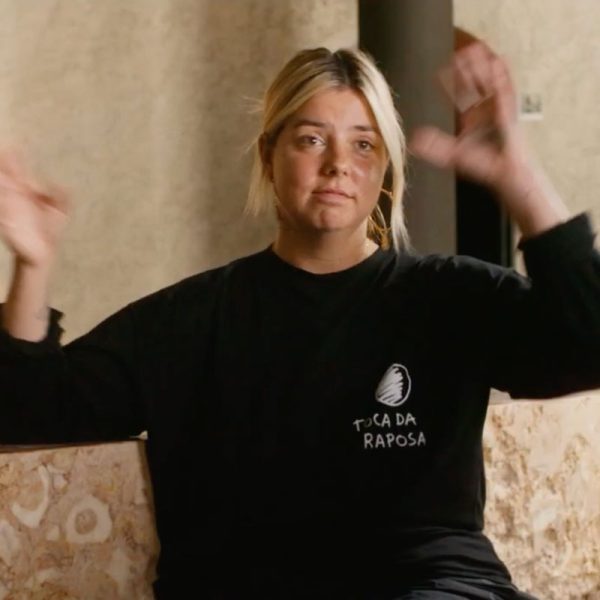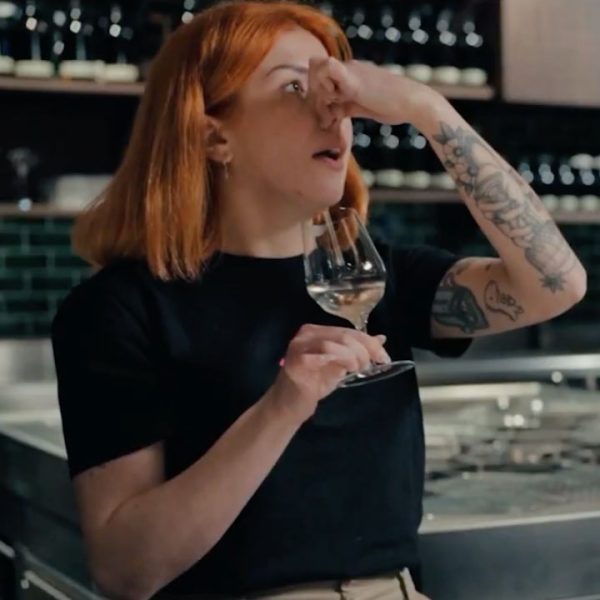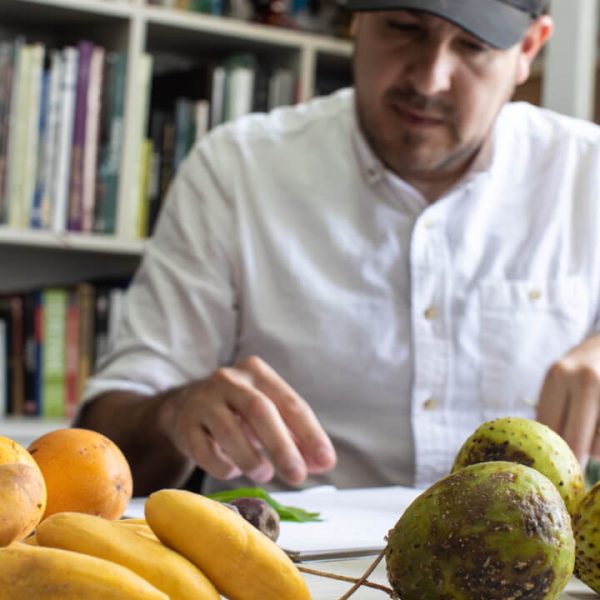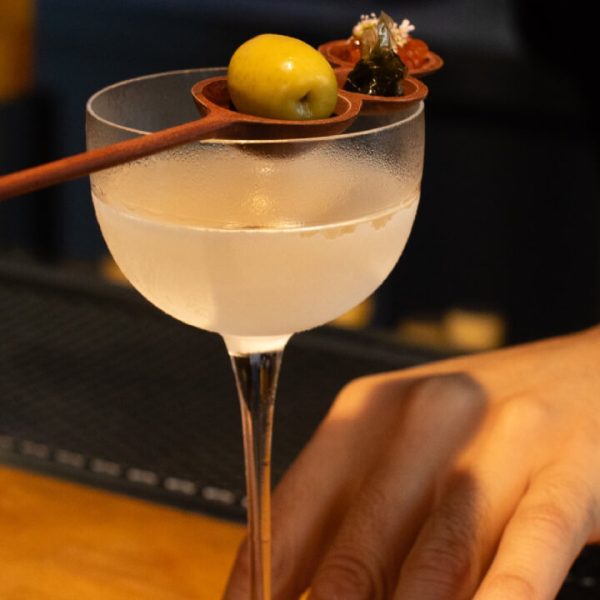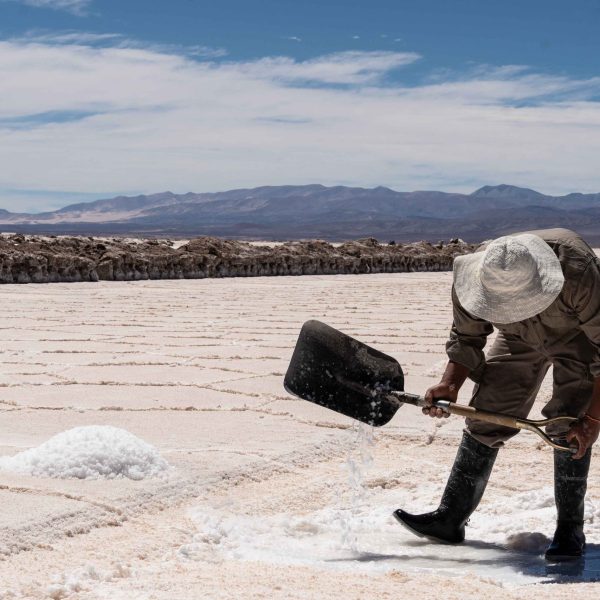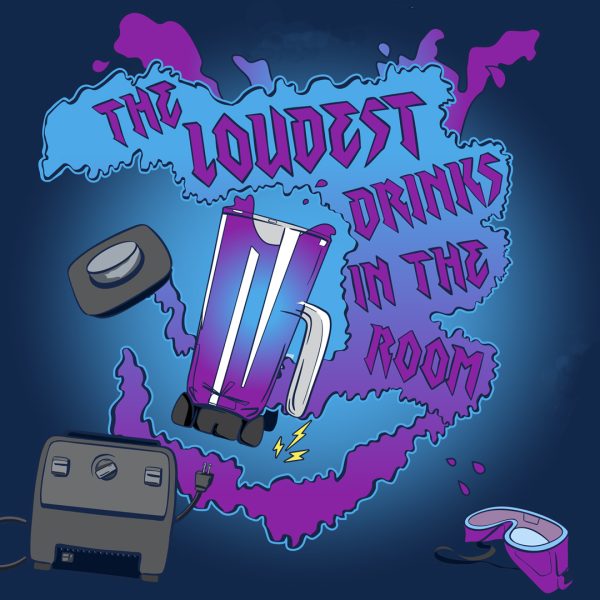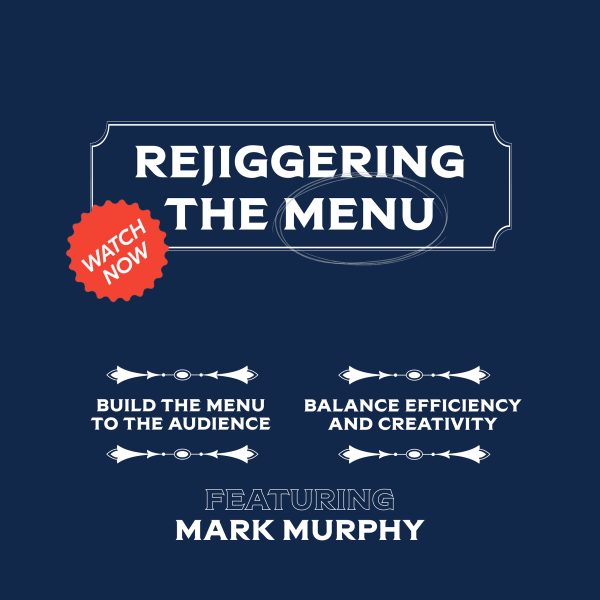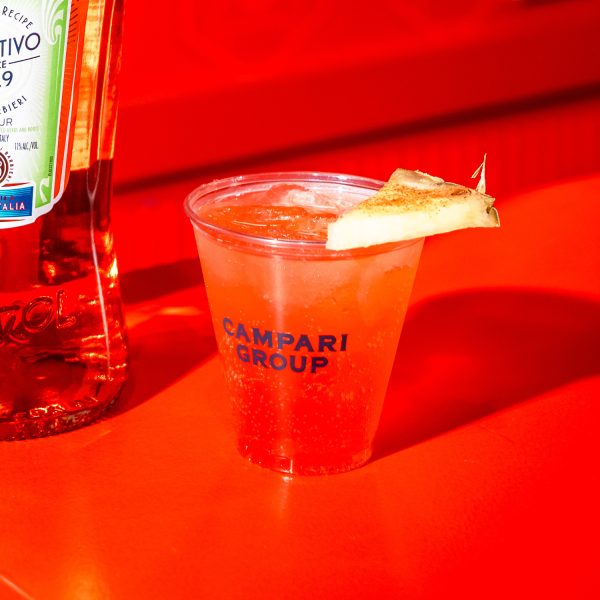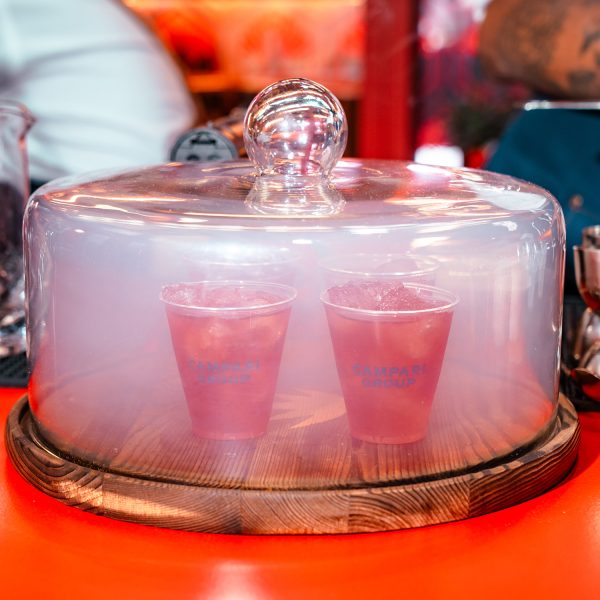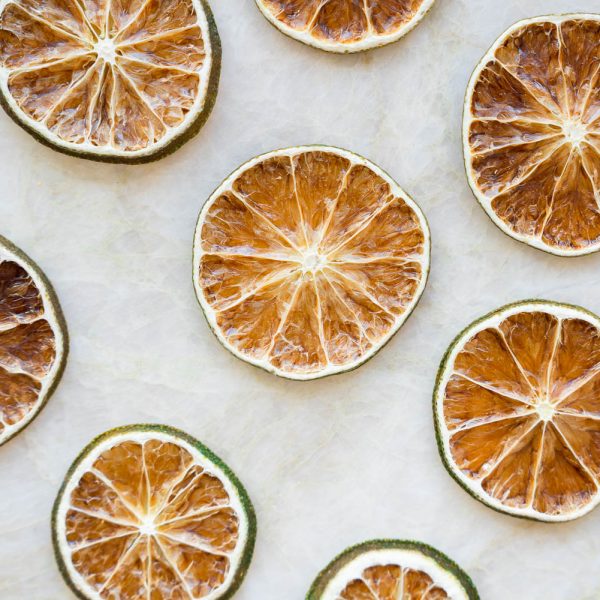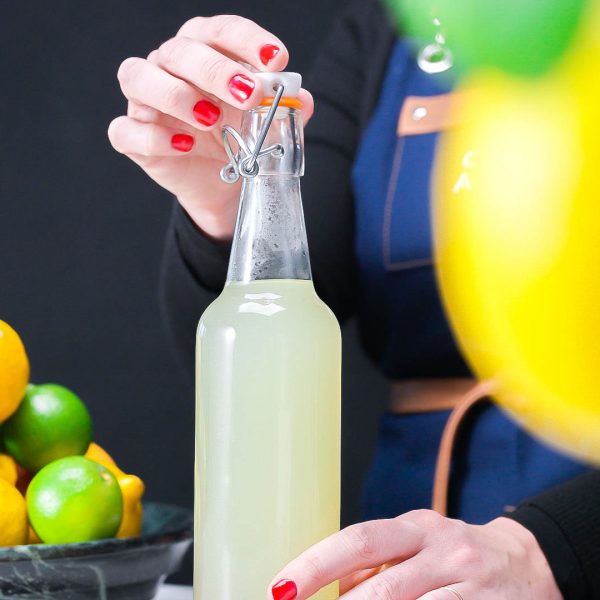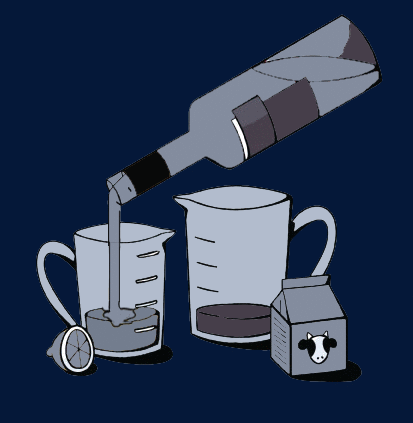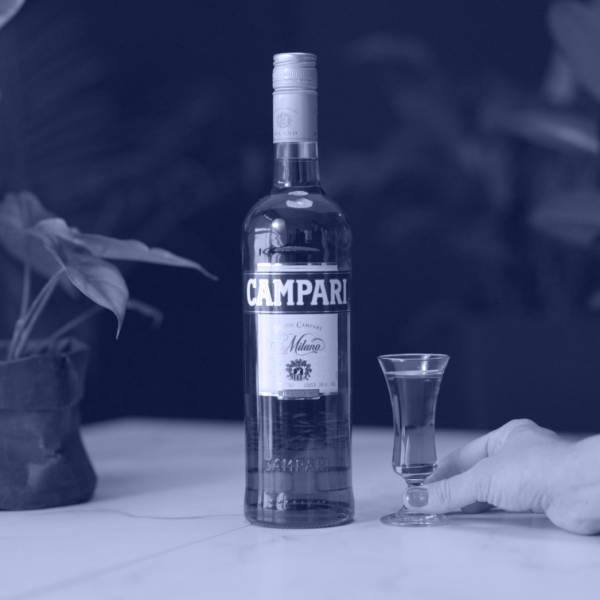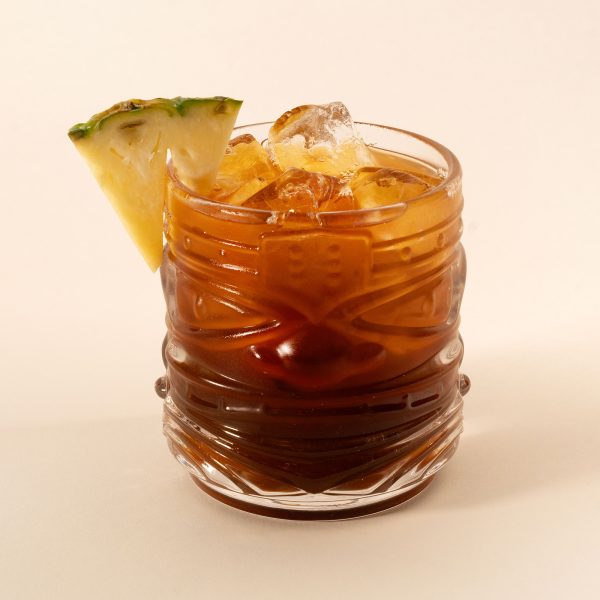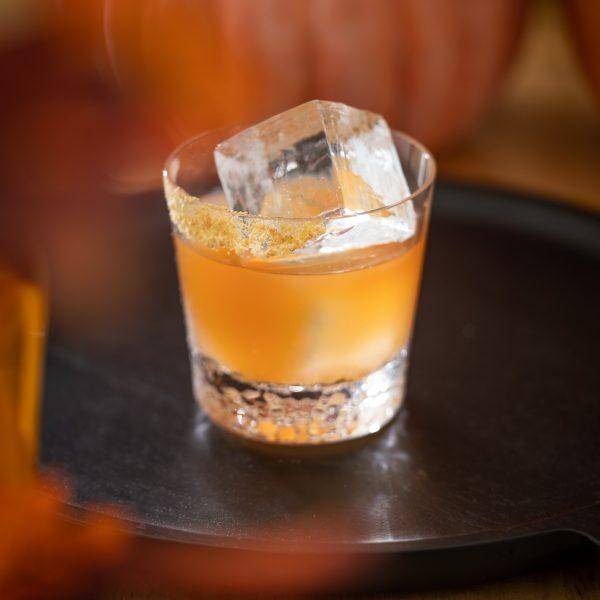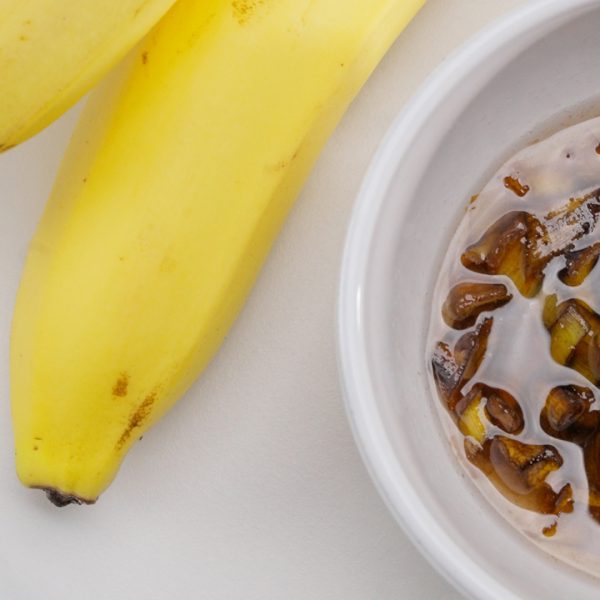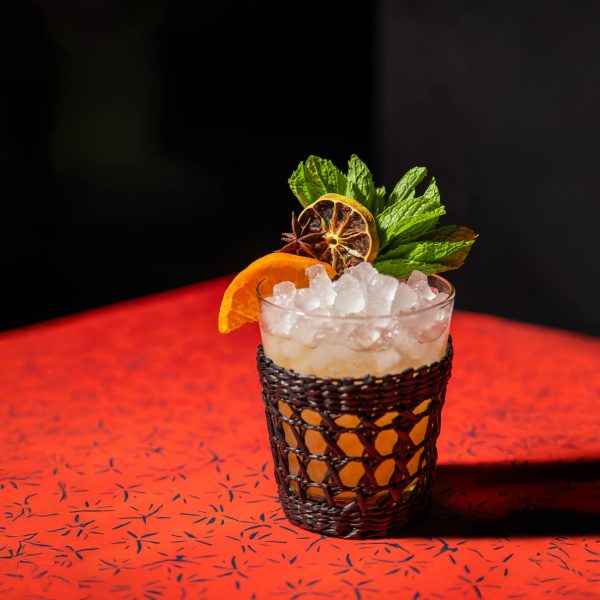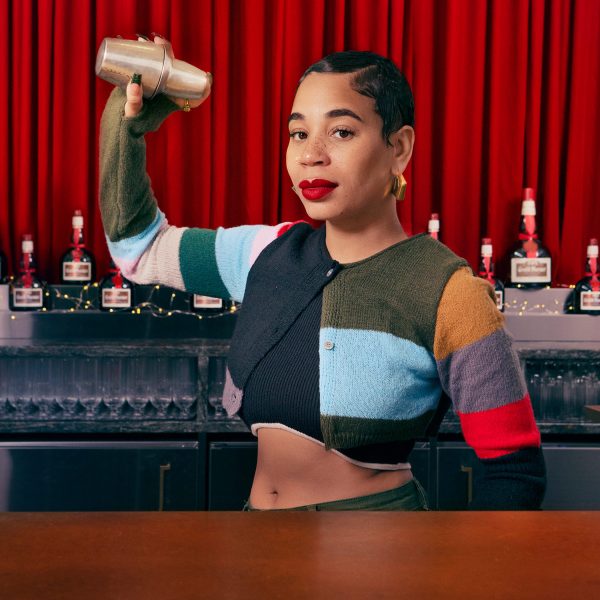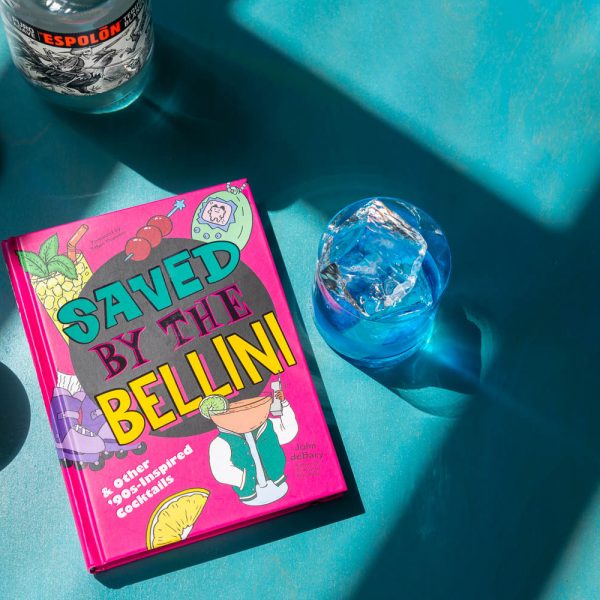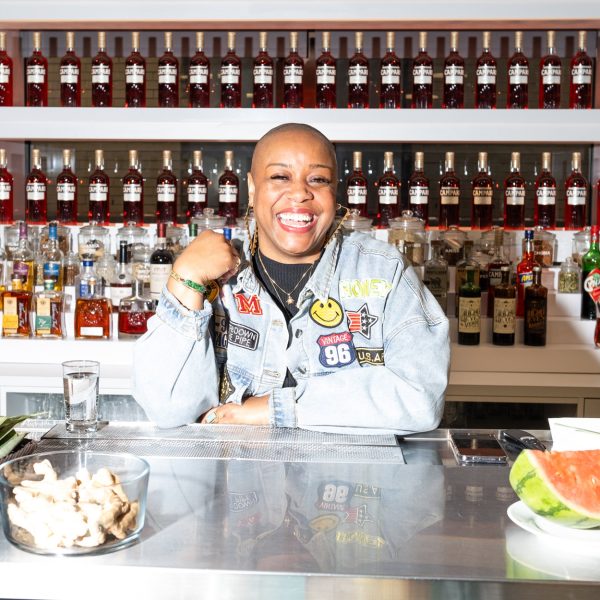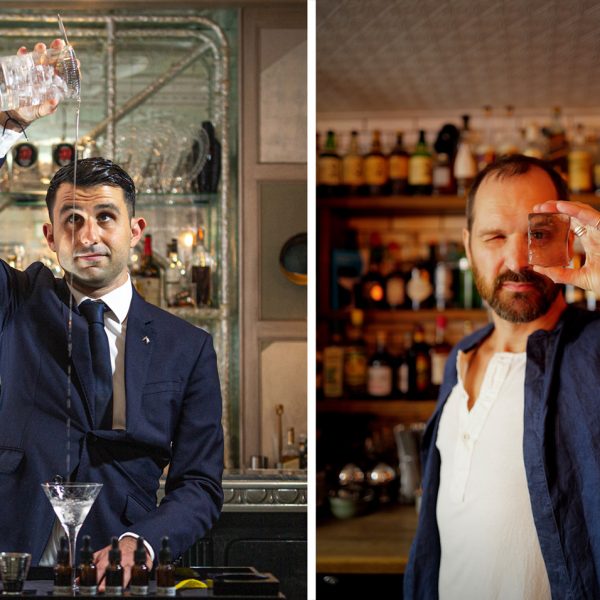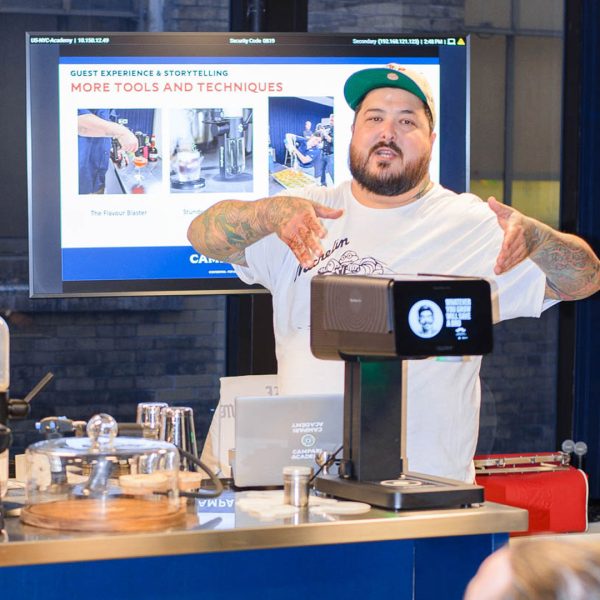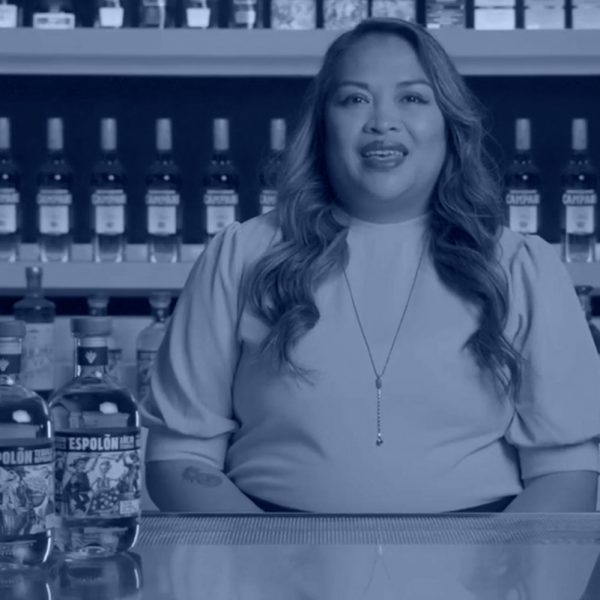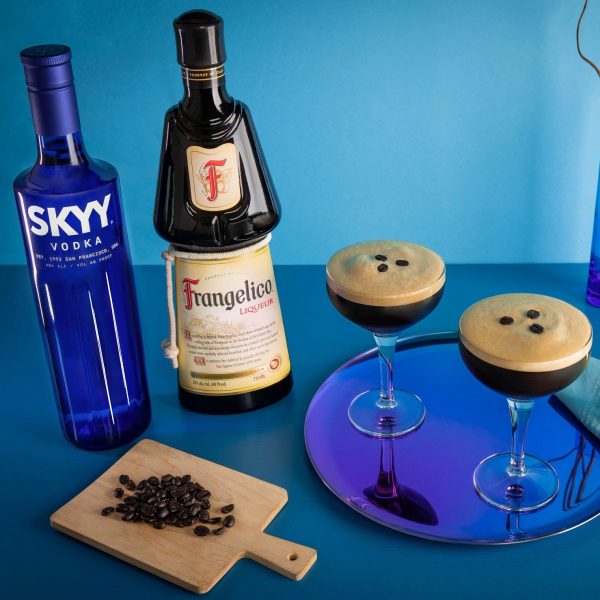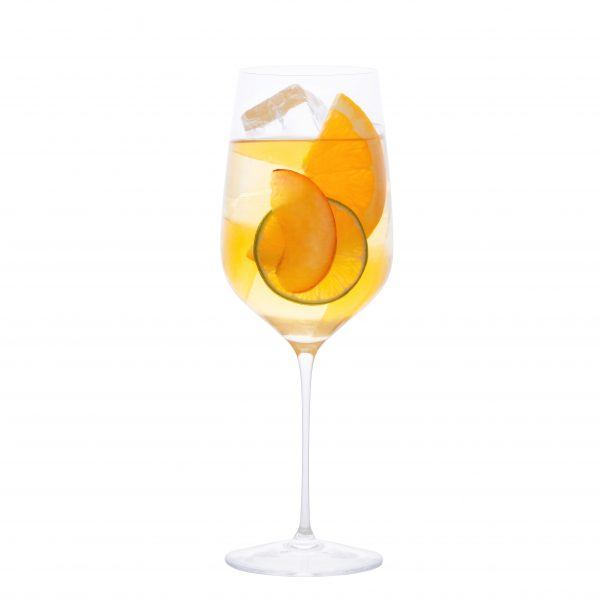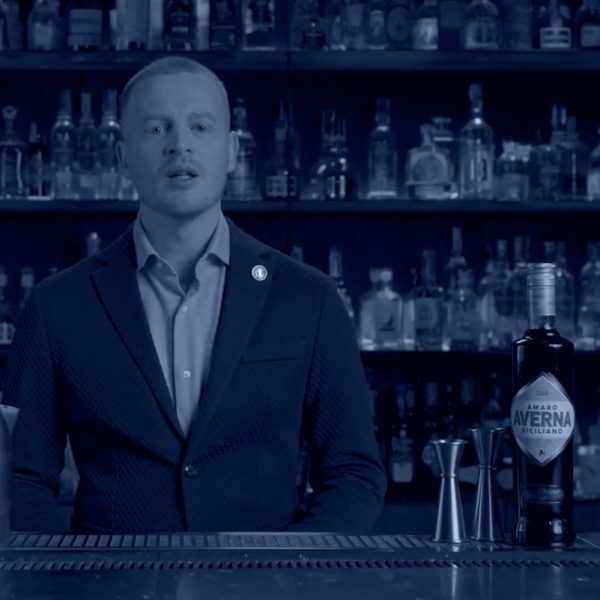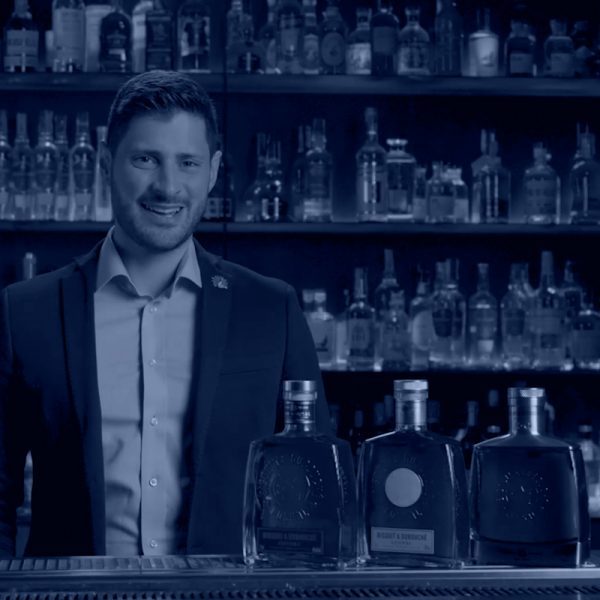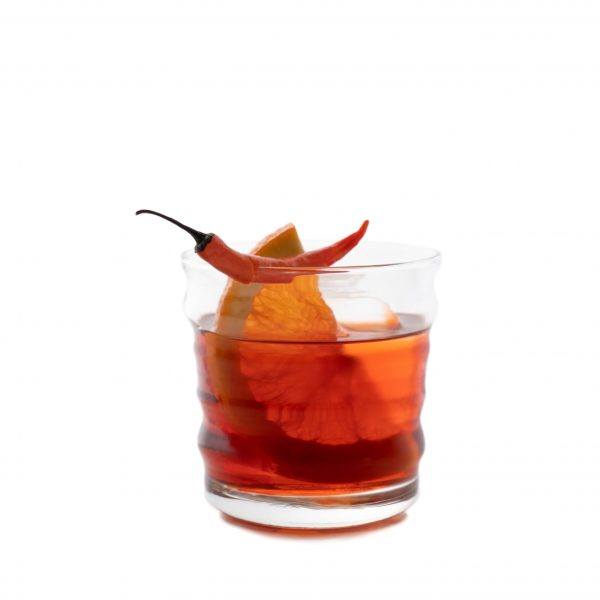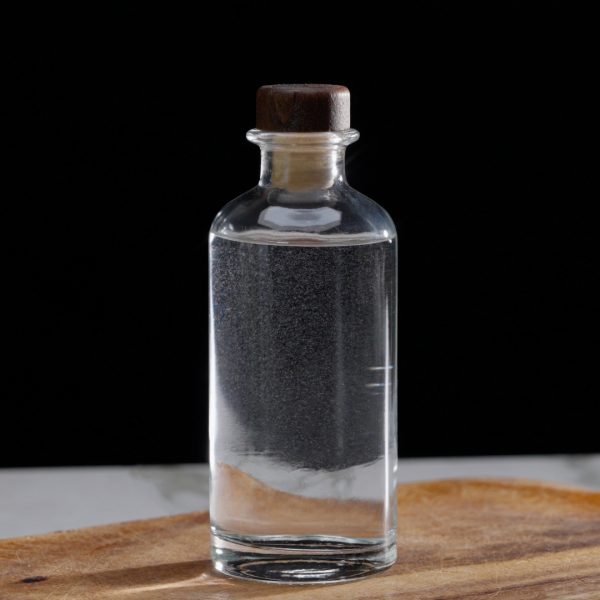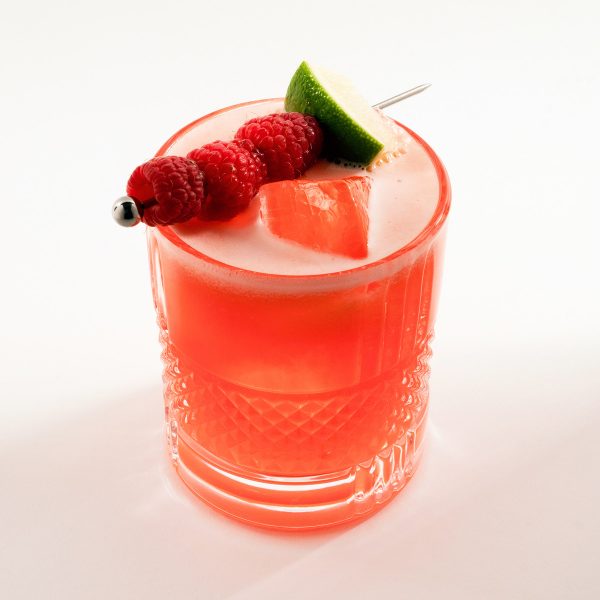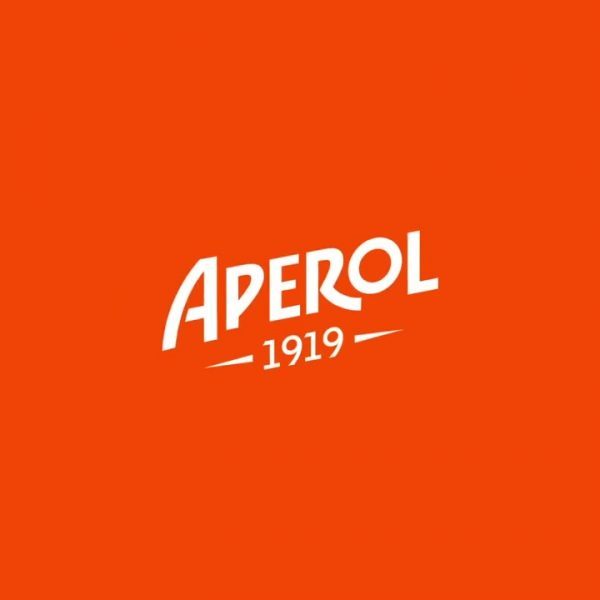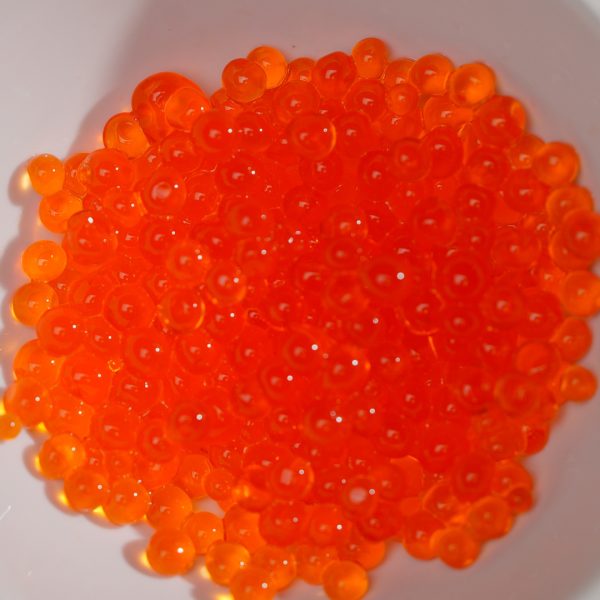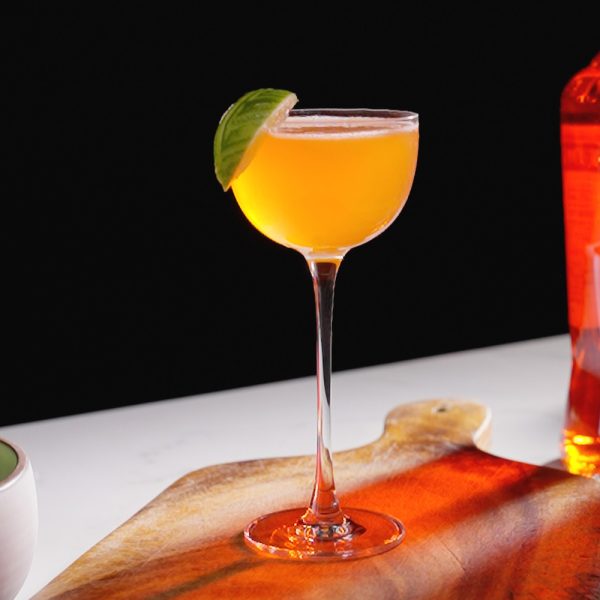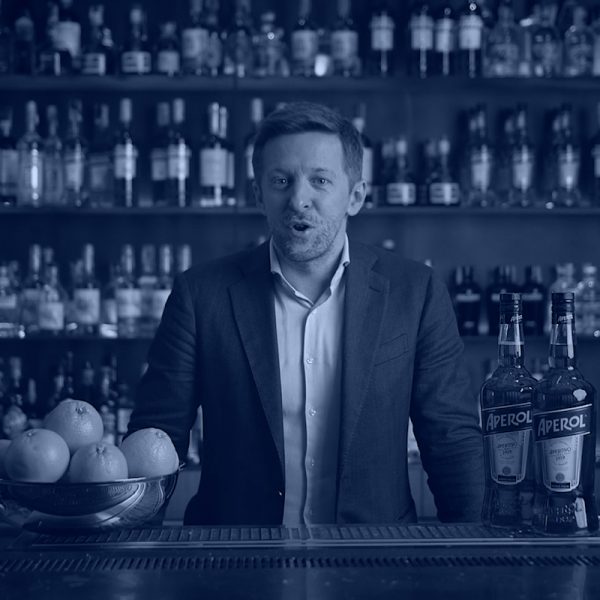Draft Cocktail Guide and Recipes
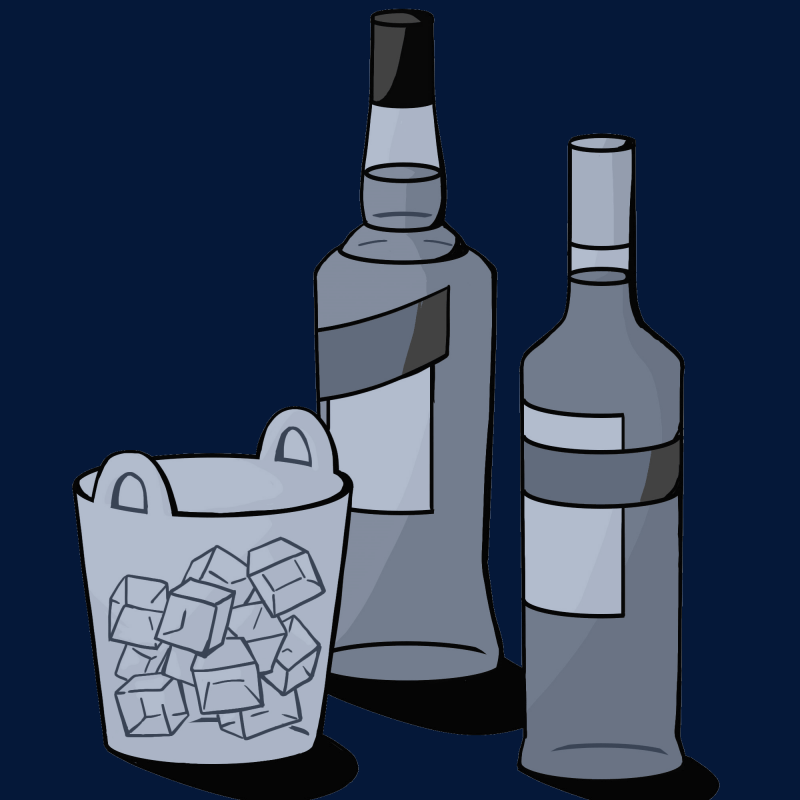
Chill it!
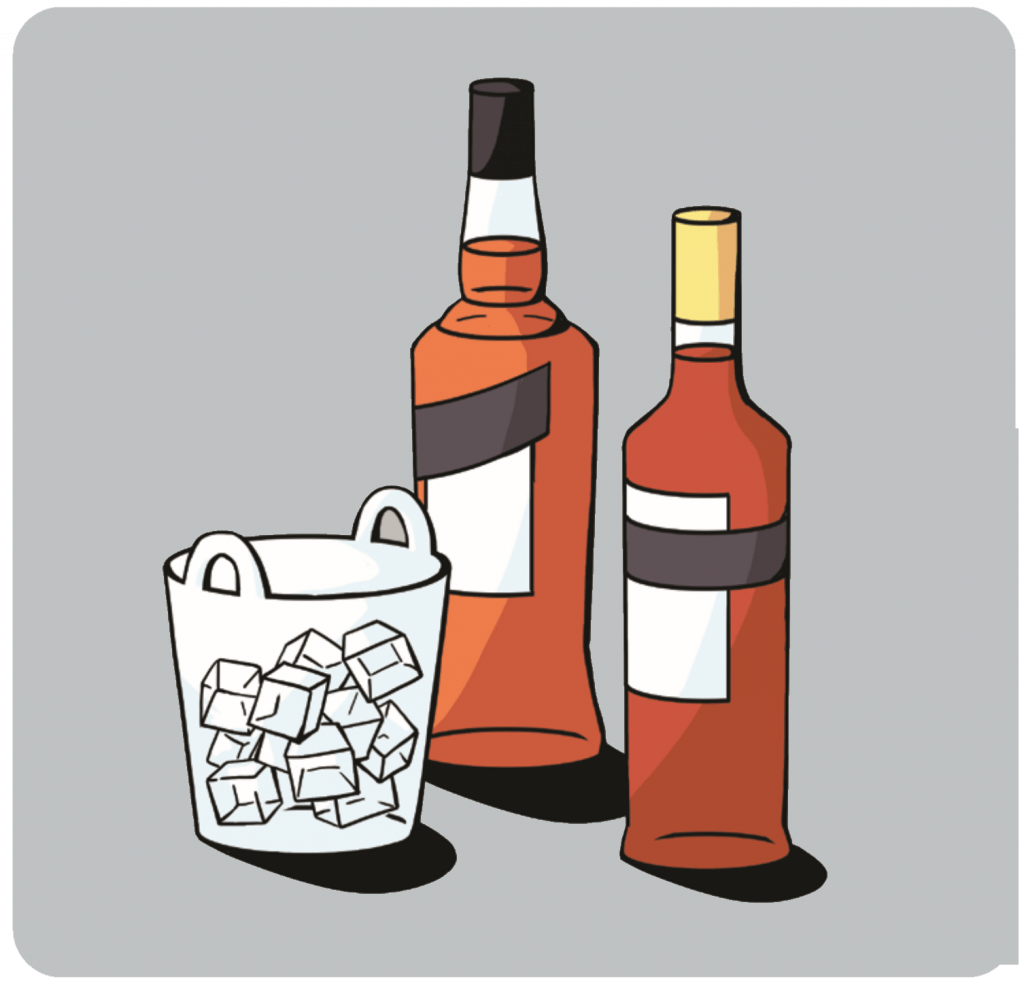
Pre-chill draft cocktails. Serve Spritz and Negroni family tree cocktails on ice to keep their cold game going.
Balance it!
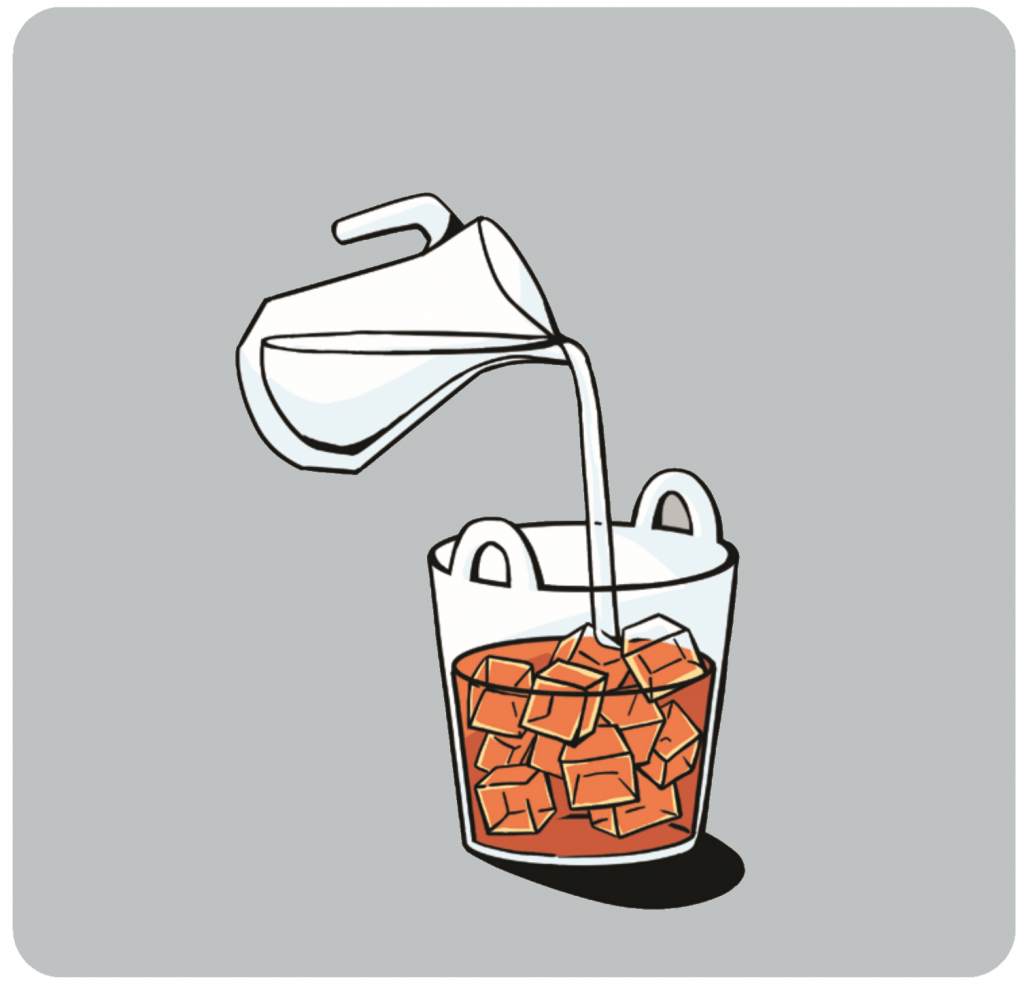
Dilute draft cocktails for best results. All draft cocktails should be properly diluted during the batching stage to account for dilution that naturally occurs from shaking or stirring. This can be achieved through taking the final volume and adding 25-30% water. Cocktails with soda water in the recipe and are normally served straight over ice – like the Aperol Spritz – do not require additional dilution.
Strain it!
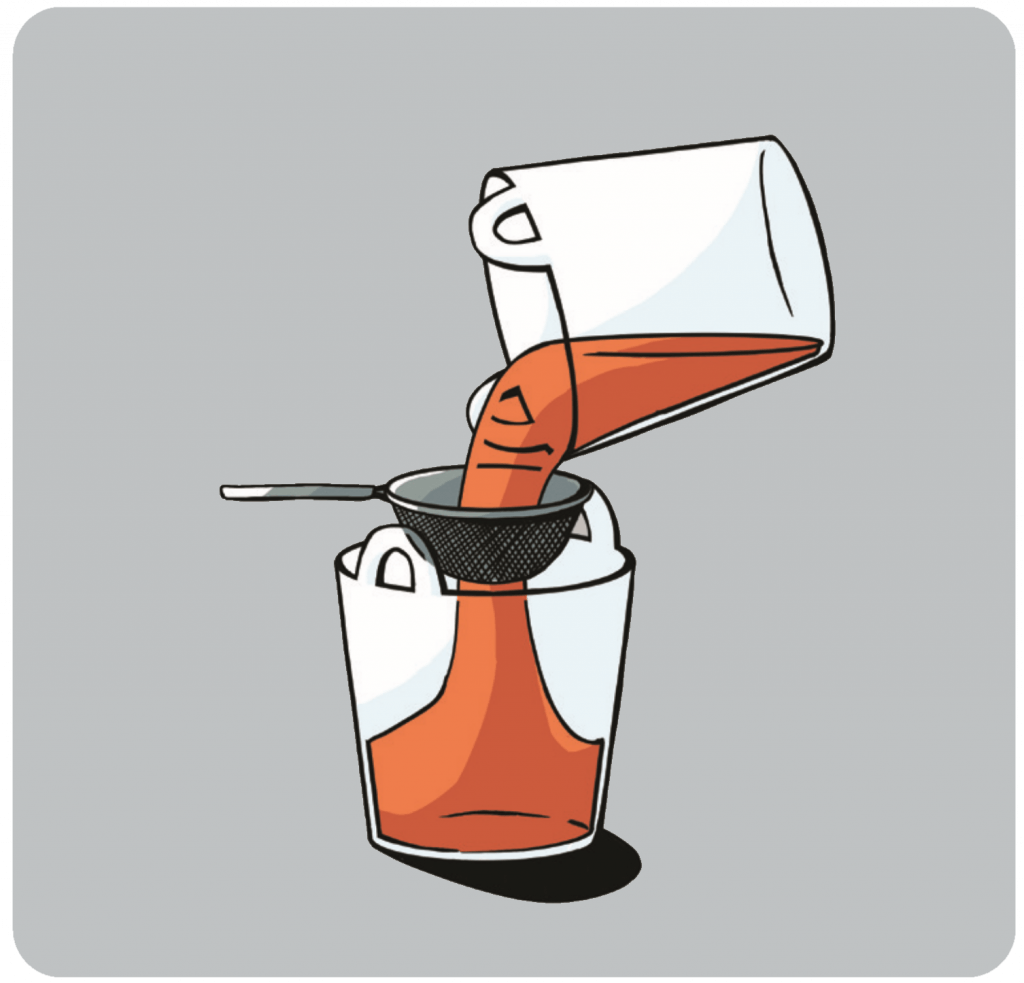
Set up a fine strainer in a stable position over a receiving container. Cocktails that include particulates should be filtered using a fine straining technique (Super bag, cheese cloth, coffee filter). This reduces the chances of clogged lines and improves overall texture of the drink.
Gas it!
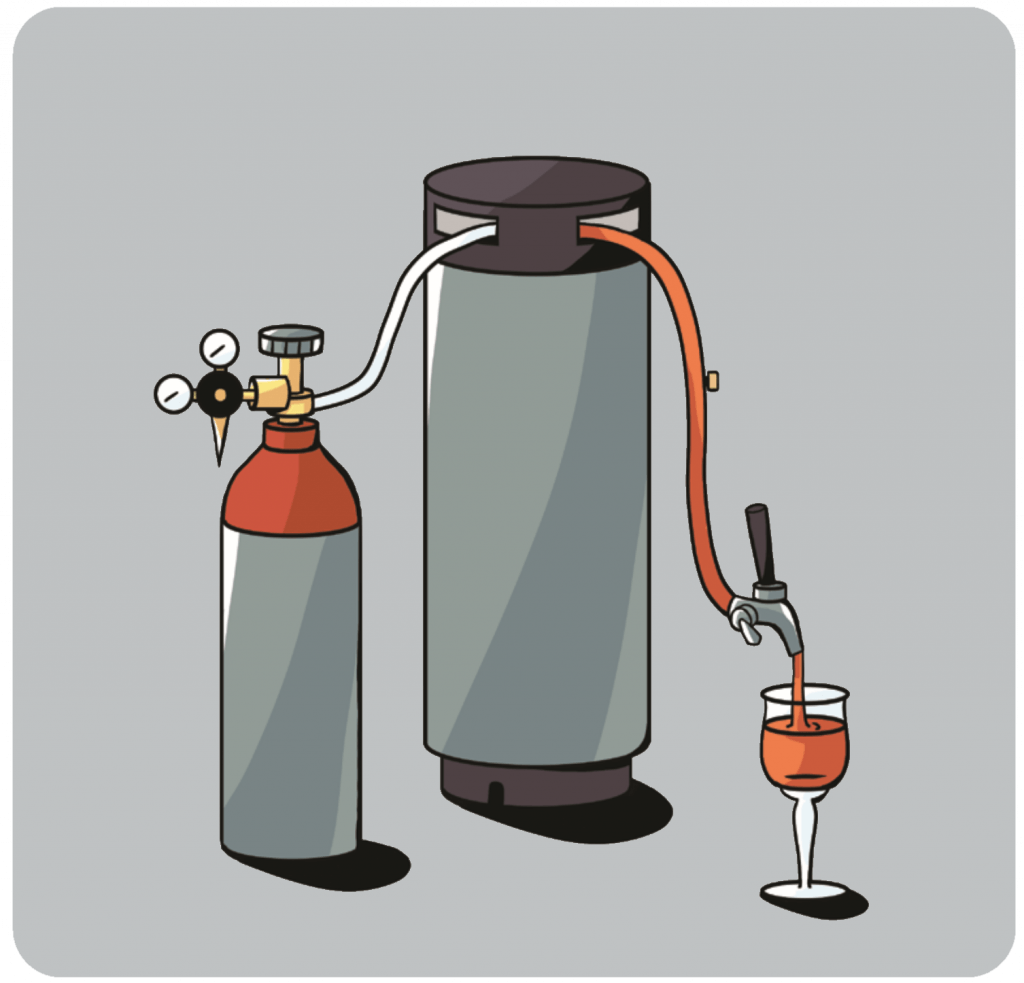
Carbonate cocktails with clear liquids for best results. For example: The classic Aperol Spritz with no modifications is a perfect cocktail for draft carbonation. Choose when not to carbonate. Adding fruit or syrup to flavor the cocktail can impact the texture and stability of the drink. Acidity, sugar levels, and oils can all change viscosity and the ability to retain carbonation. Cocktails like the Strawberry Sbagliato can be flavored in a few ways, like a syrup or infusion. The sugar levels and clarity of the liquid will be different for each method.
ON BEER AND COCKTAIL DRAFT SYSTEMS
Draft systems are common in accounts, but traditionally used for draft beer. It will be important to know if there are dedicated lines and gas for the cocktail keg. Whether the cocktail is run off existing beer lines or a dedicated line dictates the type of cocktail that can be served.
ON GASES
Accounts have options for gases, from the gas in the cocktail keg itself to the gas used to push the cocktail through draft lines. Different gases are needed depending on how viscous the cocktail is and how long draft lines are. Each scenario is different.
- CO2 – Carbon Dioxide is used for carbonated cocktails to charge the kegs themselves and ideally to push a single line.
- NO2 – “Nitro” as it is commonly called is what achieves cascading cloudy textures like in a stout beer. This is used for still cocktails.
- Beer Gas – A combination of NO2 and CO2together. This is the most common gas in an account.
ON THE LINE
Ensure the lines are clean, prior to the cocktail being served. If the line is not properly flushed prior to install, this could taint the flavors of the cocktail and ruin a portion of the batch.
ADDITIONAL CONSIDERATIONS
- Who will be doing the install if the lines are not already in the account?
- Consider that this may need to be done by a professional and incur a cost. Draft cocktails are very particular and require experience in understanding how to set them up correctly.
- The staff may need training on how to prepare and batch the cocktail prior to kegging.
- Leadership would require some knowledge on draft systems to troubleshoot issues.
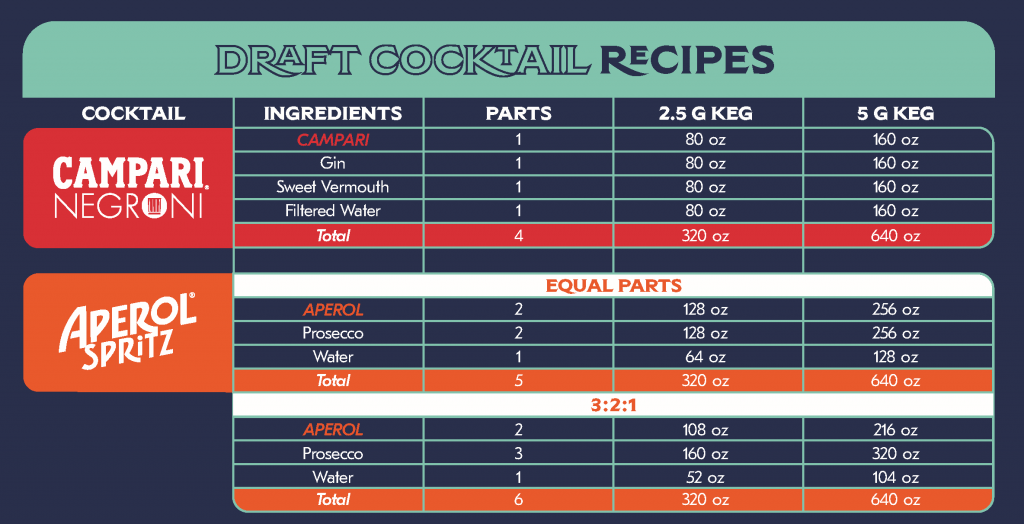
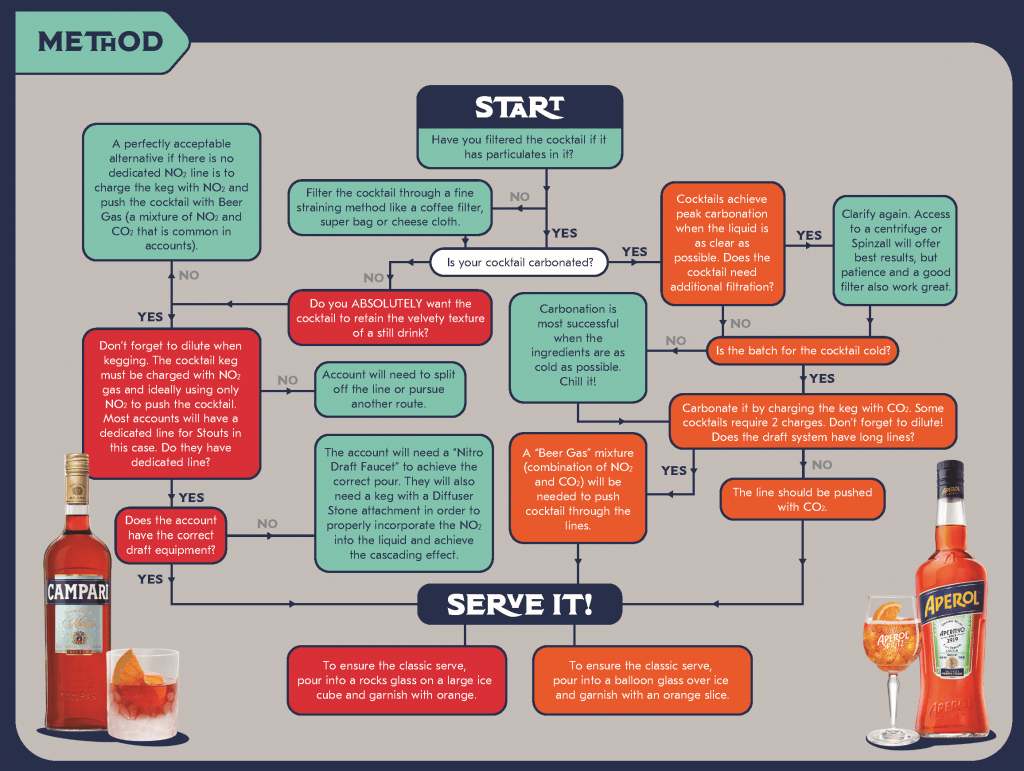
Download PDF Below!



